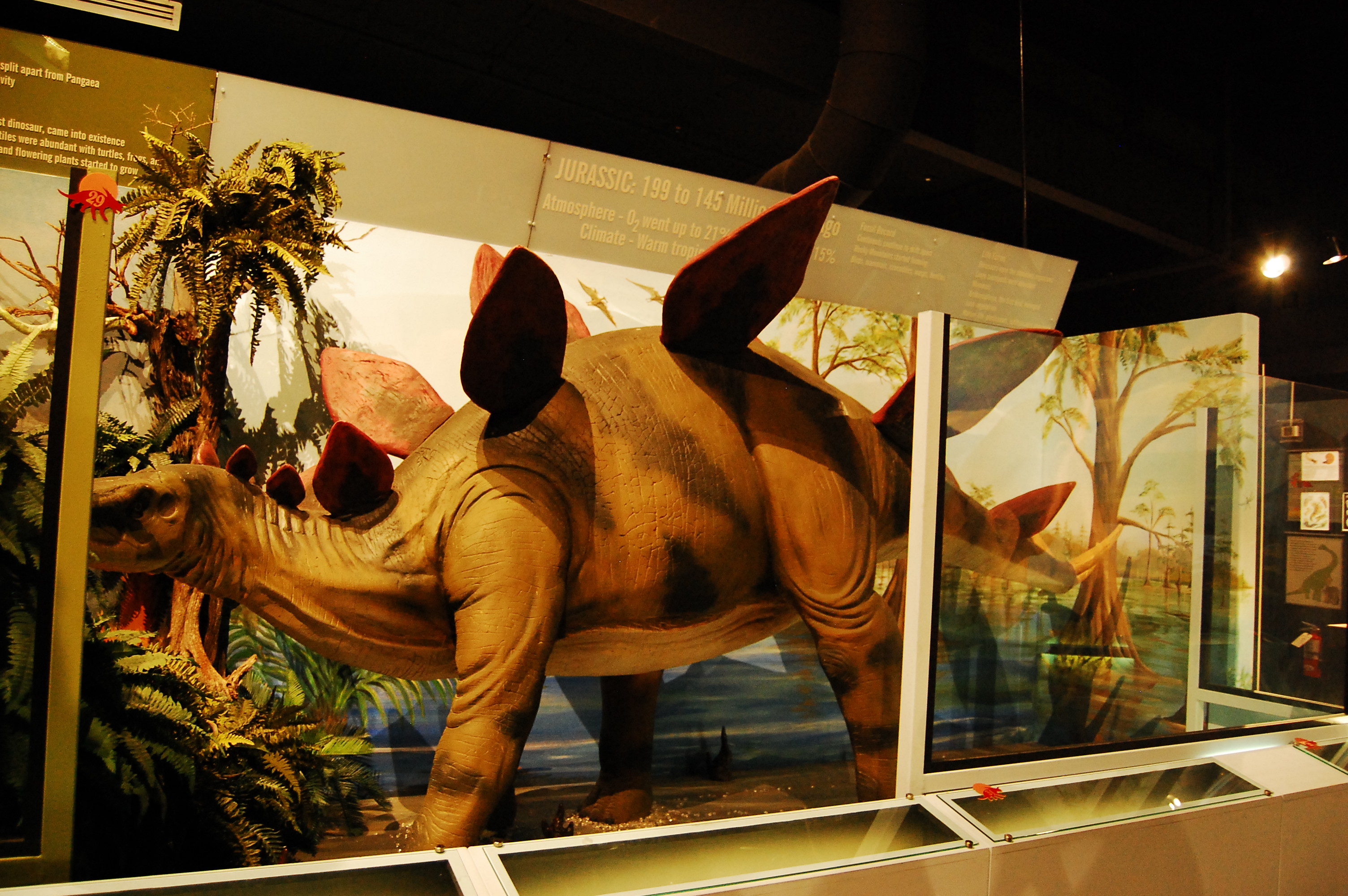Radiometric dating is a process used to date rocks and fossils after they are found. Willard F. Libby was one of the first men to understand and discover this process. He won the Nobel Prize in 1960 for his work with radiometric dating.
During the Cretaceous Period, 75 million years ago dinosaurs were the dominant creatures that roamed the earth. Why are there limited dinosaur fossils in Texas? During that time most of East Texas was covered by the ocean. The fossils that we find from the Cretaceous period are from creatures that lived in the oceans.
Explore like a Paleontologist! You and your children may use the brushes to find replica fossils of actual museum fossils.

